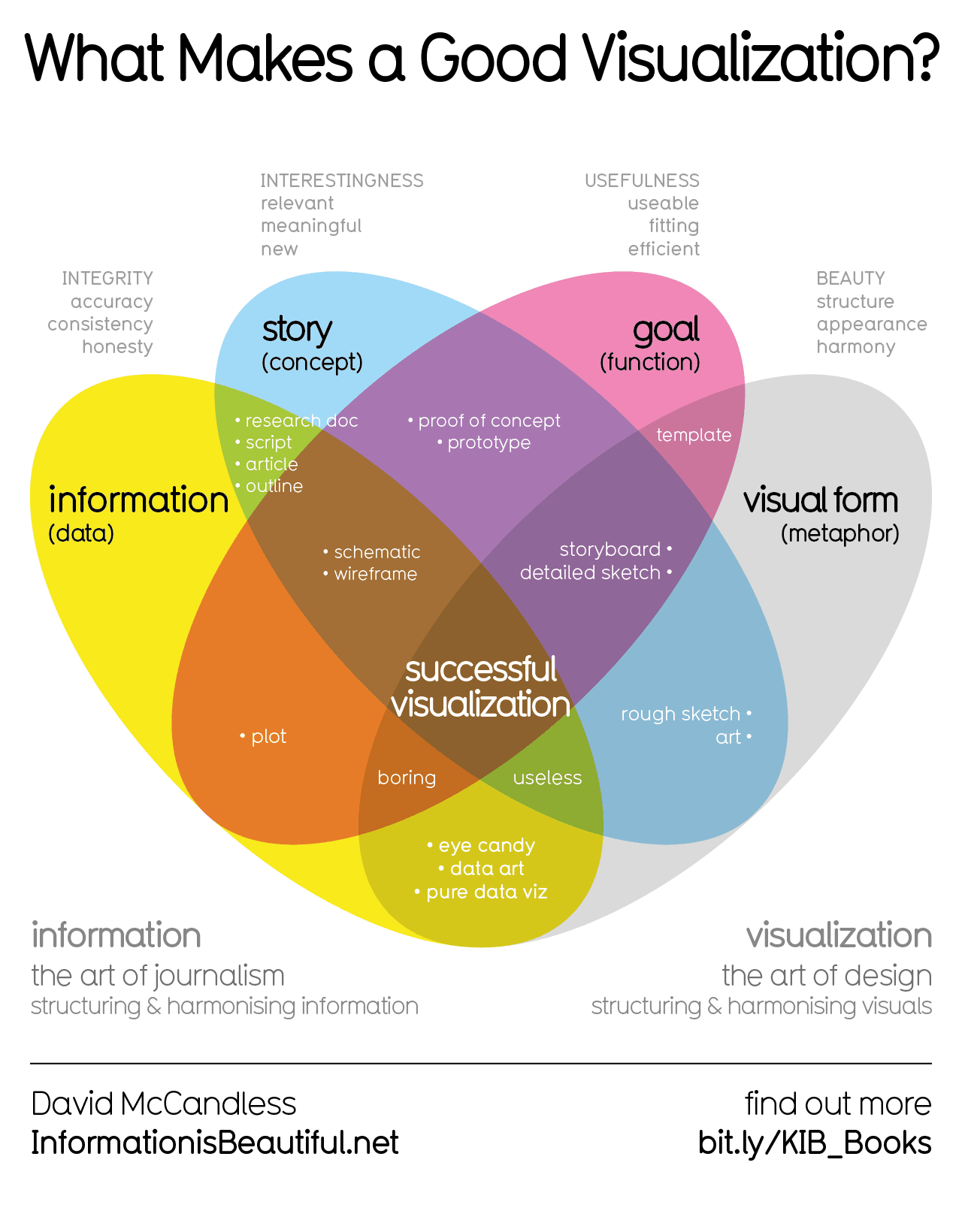Not the prettiest graph, but a neat way of putting all this information into one image.
Wiki Commons page: https://commons.m.wikimedia.org/wiki/File:Generation_timeline.svg#mw-jump-to-license
Wikipedia page on Generations: https://en.wikipedia.org/wiki/Generation
Almost all zoomers are adults, my life is a lie.
Ha yep!
And Game of Thrones first aired 13 years ago (roughly when all zoomers were kids) … just in case you wanted to feel old.
Gen Beta is so lazy, they’re not even born yet /s
I know right, kids tomorrow…
I like how it shows when the first and last person of each generation hits certain milestones.
However I’m not sure if the cutoff makes sense. If the first section is birth to 18, then the final could be retirement (or 60) to ‘death of the last person from that generation’. That would be more meaningful visually, and it would also show how many people from each generation were still alive at each point.
Since “first person to die” doesn’t make sense, it would need to be a straight line at whatever year is the last confirmed death
I hear you but death age is likely a messy statistic. Using life expectancy might help, but that too depends on a number of things. So I can see why they went this way … it lets you apply the ages to what you know.
Good points, it’s hard to portray that part of the data either way
I’m really just splitting hairs, the chart is a helpful visualization otherwise. Thanks for sharing!
Isn’t it a bit arbitrary to just divide time into generations like this? It makes more sense for big events in history, like the world wars, but now, I don’t know. According to this I am a millennial, but what does that mean really? That I saw the internet become what it is now? Not a very defining thing for a whole generation imho.
For sure the whole thing is much more fuzzy than this, with “in between” generations, like Jones gen and xennials being quite real. Plus all of the other factors that make up a society.
One big piece missing here though are the relative sizes of the generations, which is part of my interest. Boomer and Millennial bring the biggest, which colors the implications.
xennials
Ah, I was trying to remember what the term for that micro-gen was (I didn’t think it was xennial but it probably makes sense than the one I forgot).
Generations are divided like that, at least some of them.
Boomers for example, refers to the population boom after WW2 and millennials refer to people who generally came into adulthood around the widespread adoption of the internet.
Generally though, generations are divided into cohorts and they do have arbitrary cutoff points. Generally the goal isn’t to say “this group of people experienced x event” it’s just meant to say that the general cohort had similar over arching experiences in society.
That’s also why there are mixed definitions, and over lapping time periods, because not everyone identifies perfectly with their cohort.
Yes, incredibly arbitrary, and yet that doesn’t stop people immediately grabbing on to them for whatever tribalism they want to justify. The “baby boom” was a notable thing where suddenly there were a lot of post-war births, the rest is at best some vague suggestions that these people sort of behave similarly because of similar geopolitical conditions.
I love this graph every time I see it.
Thanks!







